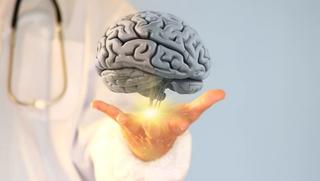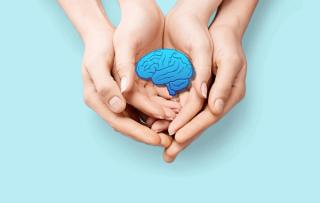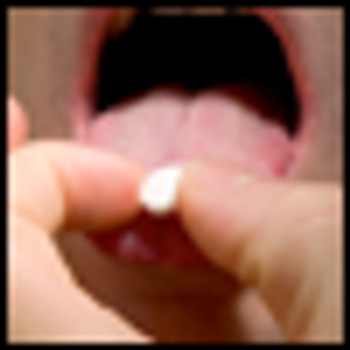
Depression
Latest News
Latest Videos

Podcasts
CME Content
More News

A recent phase 2b trial of GH001 showed promising results for treatment-resistant depression, demonstrating rapid and sustained effects with a favorable safety profile.
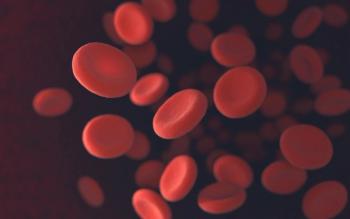

Check out the pipeline updates from January!
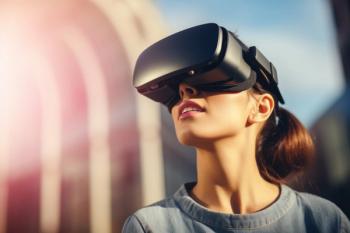
Meditation using immersive virtual reality devices can help alleviate symptoms of major depressive disorder and generalized anxiety disorder.


How does affluence impact mental health outcomes?

Here are highlights from this week in Psychiatric Times, including FDA approvals and conference coverage.
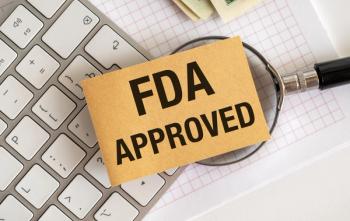
The FDA has approved the supplemental New Drug Application for Spravato, the first and only monotherapy for adults with treatment-resistant depression.
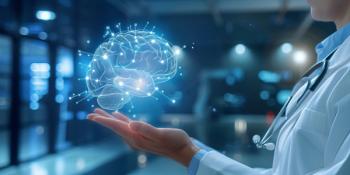
Want to stay in the loop on the latest novel neuroplastogen for major depressive disorder, DLX-001? Check out this update.
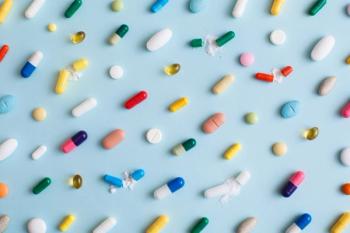
While current antidepressants are associated with improved lives for patients, significant challenges arise. Do we need a new class of antidepressants to address these issues?
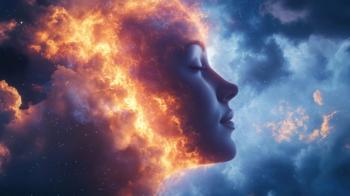
Choosing between these 2 interventions for patients with treatment-resistant depression may rest more on differences in access than in baseline characteristics.

Is there a way to separate the neuroplasticity and therapeutic effects from the hallucinatory and dissociative effects of traditional psychedelics?

DLX-001 is a novel neuroplastogen under development for the treatment of major depressive disorder. Learn more about the latest phase 1 data here.

Learn more about the latest research on different approaches to treatments for major depressive disorder (MDD).
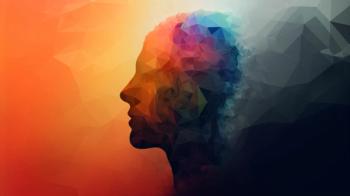
Navacaprant for the treatment of major depressive disorder has failed in the phase 3 KOASTAL-1 trial.
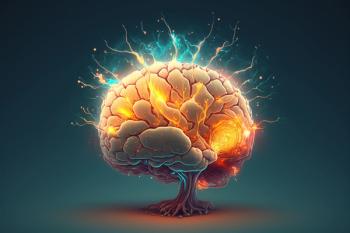
An expert shares more about the recent data on NeuroStar advanced TMS. Learn more here.

Check out 2 new psychopharmacology innovations!

Let's look back on a year marked by advancements and ongoing challenges in psychiatry.

Post-hoc analysis of the ELEKT-D trial of ketamine and ECT for patients with treatment-resistant depression distinguishes between responders to the respective interventions.
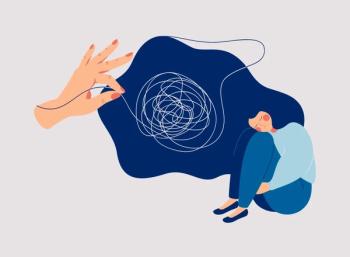
Recent research finds that after ECT, pro-inflammatory cytokines decreased significantly, and anti-inflammatory cytokines increased in teenagers with depression.

Let’s compare treatment risks when managing mixed states.

Here are 4 means of coping with the diagnostic uncertainty of bipolar mixed states.

According to new data, NeuroStar Advanced TMS helped nearly 60% of adolescents with major depressive disorder.
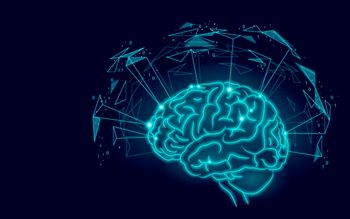
The FDA has granted clearance to the Horizon Inspire transcranial magnetic stimulation system to treat major depressive disorder, obsessive-compulsive disorder, and anxious depression.

How can you distinguish bipolar mixed states? Stay tuned in this short series.






